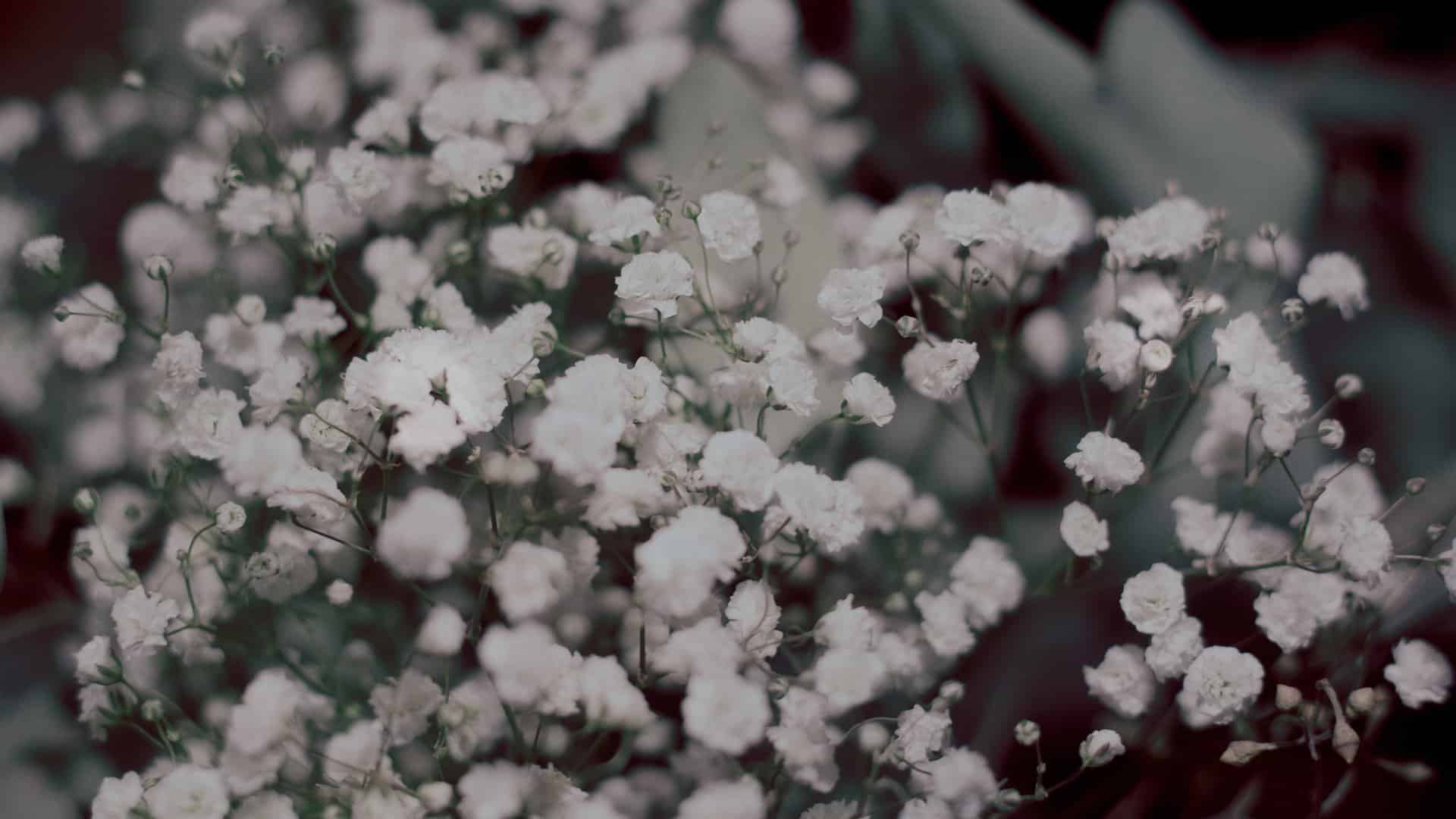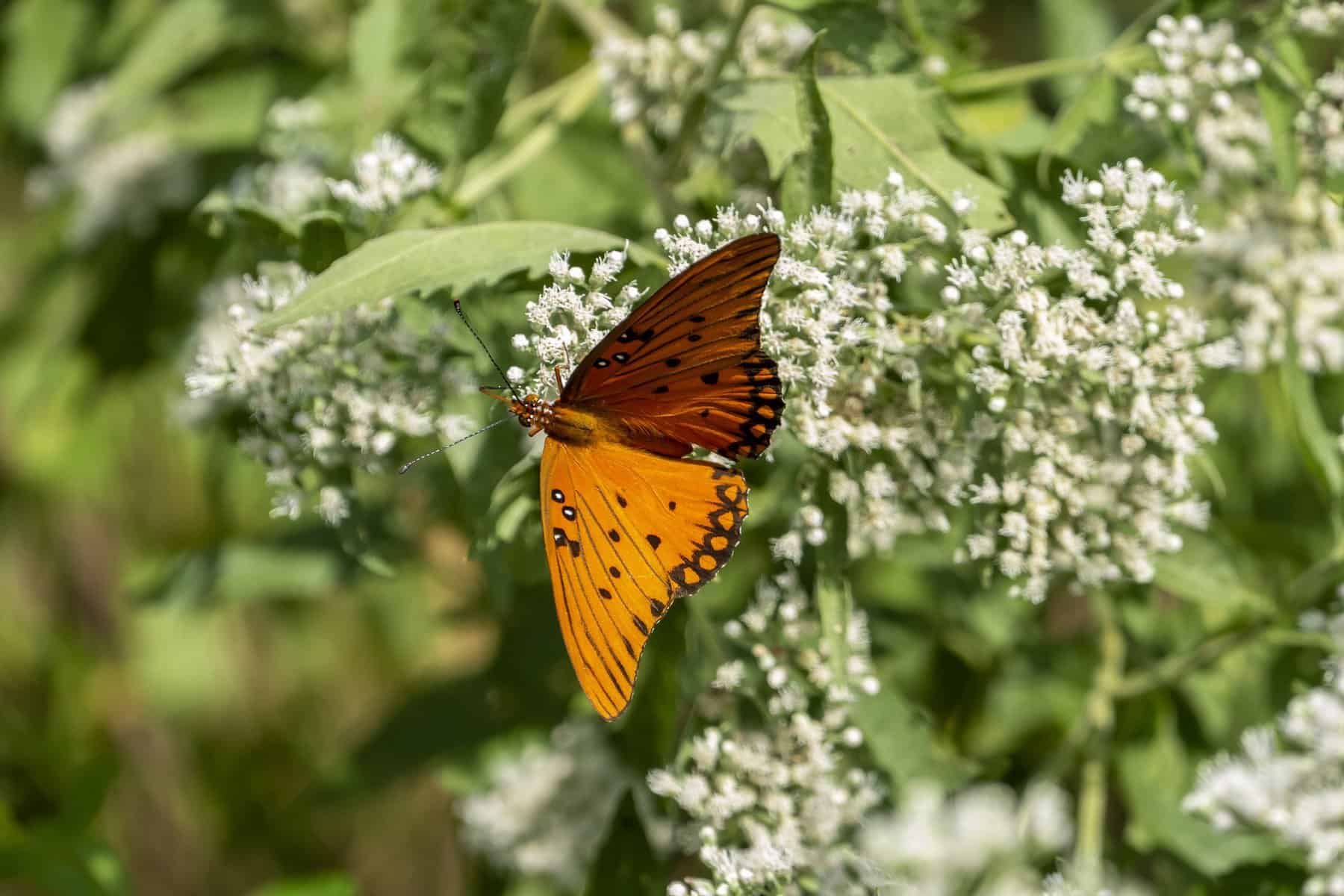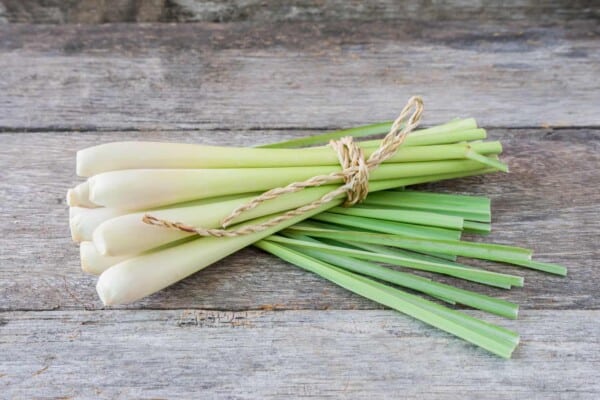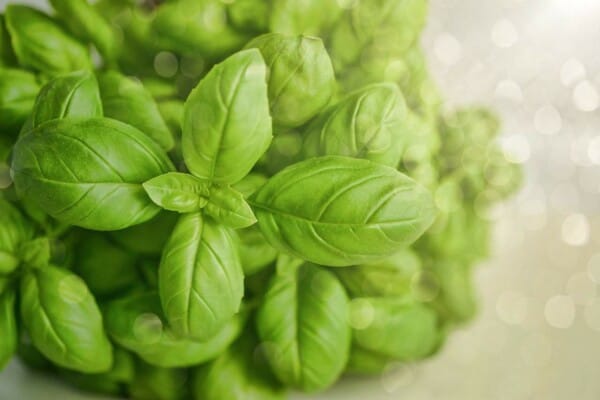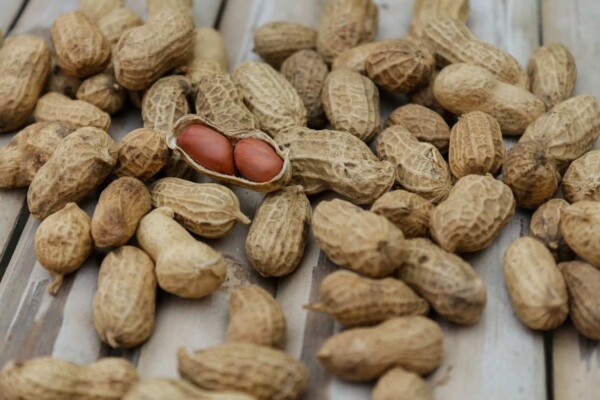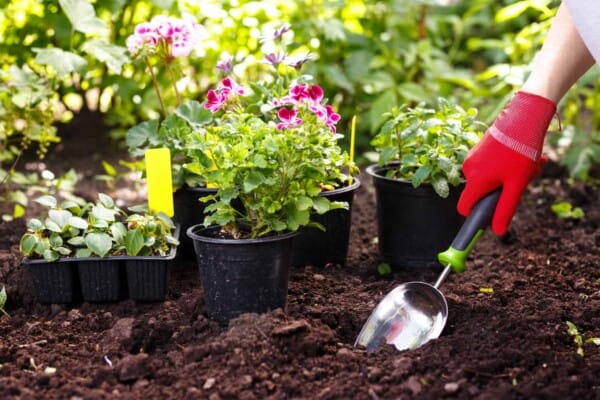There’s nothing quite like finally completing that perfect floral arrangement, right? When all’s said and done and you’ve successfully filled up every gap with a bright and beautiful color you just know you’re getting a healthy dose of dopamine in your system.
But actually finding the perfect flowers or plants to fill up that floral arrangement is actually a lot harder than you’d think.
Luckily there are more than a handful of options you can go for in order to bring new life to the final product.
So, in this article we will bring you a guide on everything you need to know about our favorite clouds of white flowers out there, the Gypsophila genus.
In case you’re confused right now, that’s just nerd talk for “baby’s breath”, but if you want to find out more about this beautiful flower then keep on reading because we’ve got a lot to cover. So, let’s just start off with the basics:
Where Do Baby’s Breath Flowers Grow?

Baby’s breath is native to the western and central parts of Asia, although it can also be found in several parts around central and Eastern Europe.
Because of its increasing popularity though, it has been cultivated all over the world by now, so chances are that it won’t be too hard for you to find one wherever you’re currently located.
The reason as to why it has garnered such worldwide appeal is the fact that it can easily flourish in a lot of different growing zones.
Reasons Why You Should Grow Baby’s Breath

So, in this section let’s go over the main reasons as to why most people grow baby’s breath, starting off with the following:
- One of the main hazards to any flower’s life is always going to be the stray deer that just so happened to make its way into your enclosure. While deer can still ravage through your baby’s breath, they’re usually left alone because there are so many other more appetizing options for the deer to consider.
- Another reason to consider is the fact that baby’s breath can easily survive through dry periods. Weather droughts tend to take down even the strongest plants in our enclosures, but luckily you won’t ever have to worry about your baby’s breath dying out randomly since it loves dryness.
- Baby’s breath is also very salt resistant. A lot of us forgot to check our soil’s salt levels before planting the flowers in, but if your garden is jampacked full of salty soil, your baby’s breath will still thrive no matter what.
- With that being said, even if you have poor soil conditions, baby’s breath is a very hardy plant that can easily tolerate harsh conditions with ease.
- Baby’s breath is a very low-maintenance plant, which in itself makes it a great option for beginners. As long as you make sure that it gets plenty of light and you prune it accordingly, you shouldn’t have any problems growing it.
- Another advantage we should bring up here is the fact that you can use it to fill in empty spots that you may have around your garden. If your other spring perennials died off you can just cover up the empty patches with baby’s breath.
- If you are specifically trying to create your own floral arrangements, you will need to invest heavily into baby’s breath. That’s because they are very affordable, easy to come by and on top of that they can make any floral arrangement ten times better.
- Unlike other flowers out there, Baby’s breath is not the type of a plant that will produce a few blooms and then lie dormant for a whole year. Instead, it will bloom for as long as several weeks at a time during the summer.
Different Types of Baby’s Breath

Now that you’ve made up your mind on baby’s breath, let’s just gloss over some different varieties of the plant that you can find on the open market, starting off with:
- Gypsophila elegans – This is an annual species that usually self-seeds and comes back in the garden every passing year. The flowers that it blooms are noticeably larger than most other baby’s breath species
- Gypsophila paniculata ‘Bristol Fairy” – This is another popular choice that is known for sporting double blooms. These blooms are white and they tend to be around ¼ inch wide. What makes this species so unique is the fact that it can grow in mounds of up to 3 feet in length and width
- Gypsophila paniculata “Compacta Plena” – As the name suggests, this is a very compact variety that also grows in mounds, with the only difference between it and the Bristol Fairy variety being the fact that it grows to be around 15 to inches in length and width
- Gypsophila paniculata “Perfekta” – This variety is known for growing up to be around 3 feet tall and wide. The flowers from the Perfekta variety are known for being very similar looking to the Bristol Fairy type. The only noticeable difference between the two is the fact that the Perfekta type tends to be twice the size of the Bristol Fairy
- Gypsophila paniculata “Viette’s Dwarf” – Last but not least we have this compact variety which can grow to be around 12 to 15 inches in length and width. Because of this it doesn’t need staking to keep it upright. It also has double flowers in pink which slowly yet surely turn white as they mature
How to Prune Baby’s Breath
There are two key moments that you should prune your baby’s breath during. The first of these is right after the first flowering, although we should mention here that you should do so lightly so as to not hurt the rest of the living flower.
The second period when you should do this is as soon as a lot of deadheads start appearing. So, just remove the spent blooms and take them to where the next spray is growing.
After the second bloom, as soon as the fall season hits you should cut the stems of the perennial baby’s breath down to around one inch above the ground.
The next spring your plant should come back on its own, as most of the time the baby’s breath tends to self-seed so you won’t have to worry about any of that for yourself.
How to Propagate Baby’s Breath

Yet another advantage that you’ll have when planting baby’s breath in your garden is the fact that this plant propagates very easily.
You can actually do it very easily from cuttings taken from a mature plant. Here are the exact steps you’ll need to follow:
- Cut up a few pieces of healthy stems. These stems can be around 4 to 5 inches each
- Take the leaves off in the 1/3 portion of the lowest part of the cutting
- Take a small container with moist alkaline soil and continue to mist it every now and then as you plant the cuttings inside
- Around four to five weeks later you should be able to transplant the cuttings outside. The perfect time is as soon as they start being rooted
How to Grow Baby’s Breath from Seeds

Another interesting fact about the baby’s breath is the fact that it can easily be grown from seeds either indoors or outdoors.
In this section though we will guide you through the indoor process. So, start off by taking the seeds and planting them in small containers around the house.
We recommend that you plant them in a seed-starting mix for around six to eight weeks. This is a very important step as you want them to be ready to be transplanted outside during the spring.
So, just keep the soil moist, but beware, you don’t want it to get too soggy either. The seedlings should show up around 10 to 14 days later.
We usually start transplanting them outside as soon as the threat of frost has passed, so keep a close eye on the forecast yourself.
As mentioned previously, the baby’s breath is a self-seeding plant that doesn’t need much to spread on its own.
Still, if you want to maximize your baby’s breath production you should also sow the seeds into your garden.
You should plant them in a relatively sunny area that’s well drained because baby’s breath can’t start humid places.
As such, you will need to keep the soil moist but at the same time you’ll need to make sure that it’s not overly wet. Plant the seeds around 12 inches apart from one another.
How to Stake Baby’s Breath
Because of how tall these plants tend to grow, it shouldn’t come off as a surprise that baby’s breath can also benefit from staking.
While the flowers themselves are very small and lightweight, the stems are quite delicate and they can easily rupture if the climate is a bit too windy for their liking.
So, if you want to stake them you should know that the best time to do it is during the spring. We recommend that you don’t wait for the plant to grow too much and instead that you stake it as soon as you can.
The stems will actually benefit a lot from the stakes if they’re already in place. On top of that, as they grow larger and larger, baby’s breath tends to cover up the stakes altogether, which makes it seem as though they grew that way on their own.
Just keep in mind that even if you stake the baby’s breath, it may still be damaged if exposed to strong gusts of wind or precipitation.
So, if you can help it, we wholeheartedly suggest that you keep it in a sheltered spot. Just keep in mind that you will still need to make sure that baby’s breath gets plenty of direct sunlight.
If you keep them in a sheltered place where there is none they’ll die off before they can even bloom once.
After all, baby’s breath absolutely loves dry places but it can’t go on without sunlight either so you’ll need to find the middle ground between those two to make it work.
Baby’s Breath Care
Baby’s breath is considered to be one of the most low-maintenance plants you can find. In fact, as long as you plant them in a sunny spot that has good soil drainage, they’ll pretty much take care of the rest for you.
Still, there are a few things you should know before you start planting away, so let’s just get started with the basics:
The Light
The one thing you should know about baby’s breath is that there is never too much sun. So, you will need to make sure that your plants get at least around six hours of direct sunlight every day.
If you can’t guarantee them that, they will refuse to grow. They can tolerate a bit of shade, but the keyword there is “tolerate”, which means that before long they’ll die off if they don’t get enough sunlight.
The Soil
Yet another advantage when it comes to baby’s breath is the fact that it can grow in all sorts of soil types. The only real requirement is for them to have good drainage.
Sandy soil can also be used, although wet clay soil is a bit no no. If the soil is heavy, we always recommend that you plant them in raised garden beds or containers.
You may also invest in slightly alkaline soil pH if you want to, although it’s not an absolute must for baby’s breath.
The Water
Baby’s breath is also known for requiring very little water to survive. This is because baby’s breath thrives in dry soil, so no matter what you do never drench out the soil.
Doing this will absolutely destroy the plants. Instead, just mist the flowers every now and then and they’ll be perfectly fine.
Temperature and Humidity
The good thing about baby’s breath is that while it hates humidity, it actually can tolerate a wide range of temperatures with ease.
Of course, some species tend to be a bit more cold-tolerant than others, but for the most part as long as they’re planted in a dry climate, you shouldn’t have to worry about anything with them.
The Fertilizer
Another thing you should know about baby’s breath is that they aren’t heavy feeders. As such, if you use too much fertilizer you will stun their growth indefinitely.
So, if you want them to grow to their maximum potential, we recommend that you work some compost into the planting site every spring or so.
The Most Common Pest and Plant Diseases
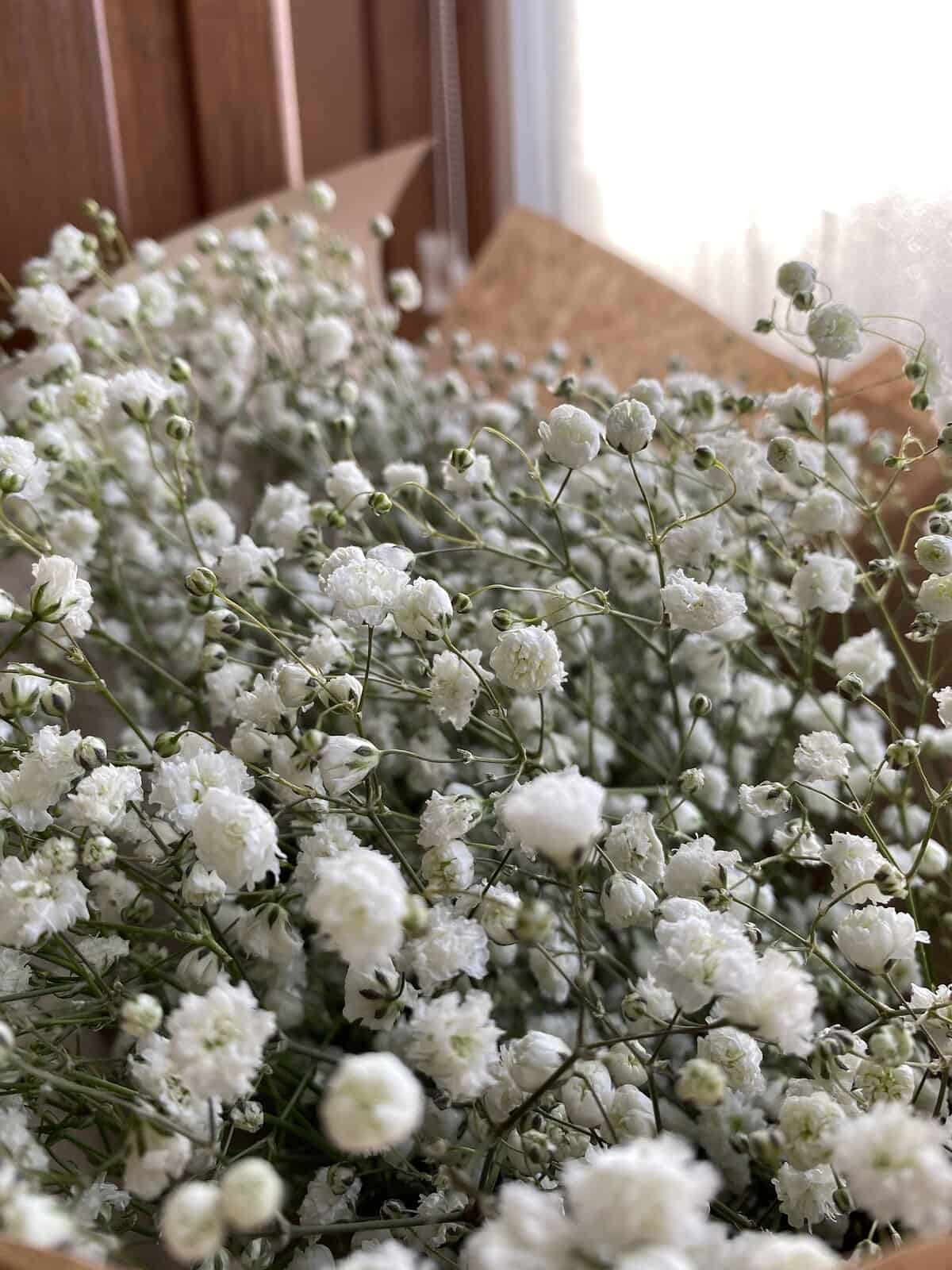
While not all that vulnerable of a plant, there are quite a few different pests and diseases that can target the baby’s breath.
By far the most common pests that you’ll need to worry about are aphids, leafhoppers, Japanese beetles, slugs and rabbits.
Luckily you can quickly tell if these pests are around from the discoloration or holes in the leaves of the baby’s breath.
You can easily take care of these problems in non-chemical ways such as by using a citrus spray or soap spray.
Diseases wise you can expect your baby’s breath to be harmed by the likes of fungal infections and root rot.
The good thing here is that all of those problems can be caused by overwatering, which in itself also means that if you don’t overwater your baby’s breath then you won’t have to deal with any of them.
So, again, this just reiterates the importance of not overwatering your baby’s breath, as it will almost always ruin your plants in a matter of days.
Conclusion
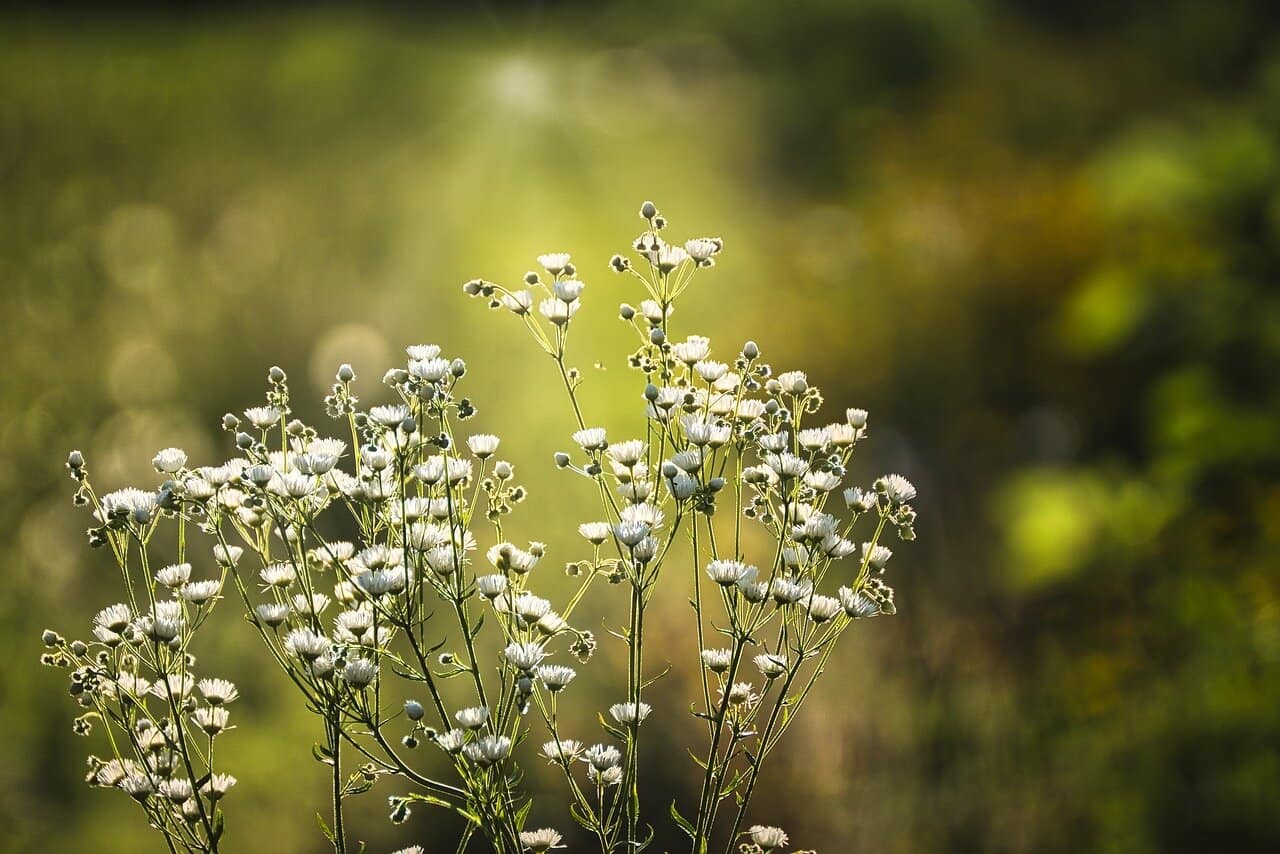
There you have it, that’s all there is to know about the beautiful species known as the baby’s breath. While definitely not the best smelling flower on the market, there are very few alternatives out there that can rival baby’s breath when it comes to its appearance.
So, if you’re looking for a nice addition to your floral arrangement then lo and behold, this is the flower you’ve been looking for all along.
Frequently Asked Questions (FAQ)

How to Get Baby’s Breath to Bloom?
The main reason as to why anyone plants baby’s breath is so that they can use the tiny delicate flowers that they bloom every late spring through the summer.
So, if you want to help its floral production and you want to make sure that they grow to be as large and beautiful as possible, you should follow the pruning steps we gave you above.
Doing that will promote a second bloom and help winterize the plants before the first frost. Don’t worry though because while they will die off when the frost arrives, they’ll always come back every year around spring.
How Long Can Baby’s Breath Last After Being Picked?
For the most part, baby’s breath flowers will last around eight to ten days in total after being picked. The trick here is that you will need to keep them in a vase with fresh water to make sure that they last as long as possible.
At the same time, baby’s breath tend to bloom a lot, which means that you will never run short on flowers that you can use in floral arrangements.
What Do Baby’s Breath Blooms Smell Like?
Despite how adorable they look, baby’s breath flowers don’t actually smell all that well. In fact, most people would argue that baby’s breath don’t smell appealing in the slightest.
They are at their smelliest right after being picked though, so the longer you’ll have them at your disposal, the less smelly they’ll be.
Is Baby’s Breath an Annual or Perennial Flowering Plant?
While we did go over the five most popular species of baby’s breath out there, let’s just say that there are plenty others that differ a lot from the rest.
In fact, there are well over a hundred total species of baby’s breath out there, with some of them being annuals and others being perennials.
Most of the perennial species come up every year, and they are usually pink and white colored. The annuals on the other hand self-seed themselves and they come back the following year on their own.
Contents
- Where Do Baby’s Breath Flowers Grow?
- Reasons Why You Should Grow Baby’s Breath
- Different Types of Baby’s Breath
- How to Prune Baby’s Breath
- How to Propagate Baby’s Breath
- How to Grow Baby’s Breath from Seeds
- How to Stake Baby’s Breath
- Baby’s Breath Care
- The Most Common Pest and Plant Diseases
- Frequently Asked Questions (FAQ)


